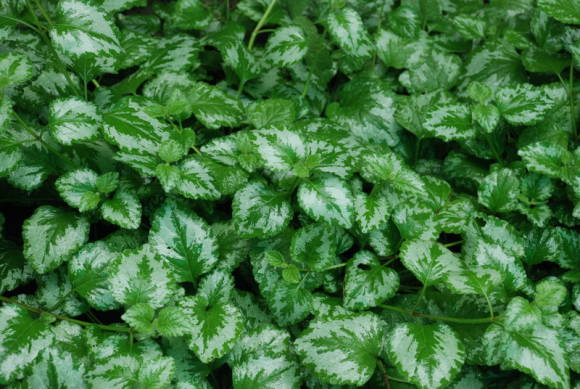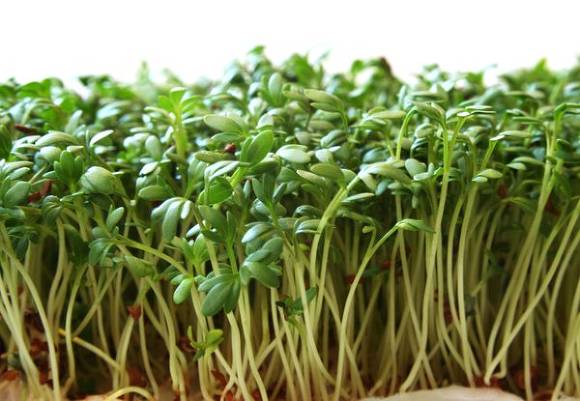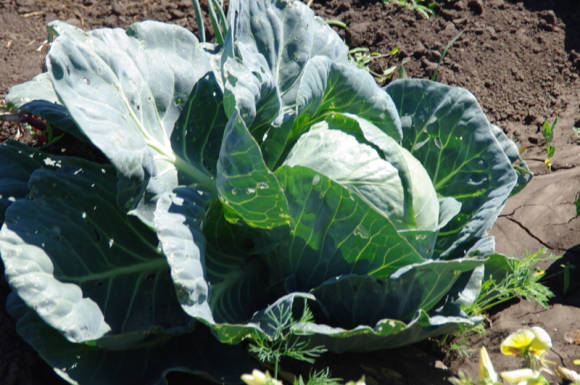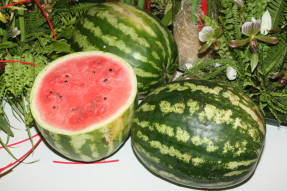In its homeland in Africa, Kiwano is most often used in cooking in the preparation of salads. In other parts of the world, horned melon is eaten raw and added to salty and fruit salads, as well as various desserts and fruit drinks. Kiwano makes original jam and jam.
If you're feeling like a creative chef, you can add kiwano pulp to smoothies or use it to make yogurt, muesli, sorbet, or sundae. It can also be a delicious addition to a variety of sauces and condiments. Kiwano can be used in salad dressings, as a substitute for vinegar, or in combination with it.
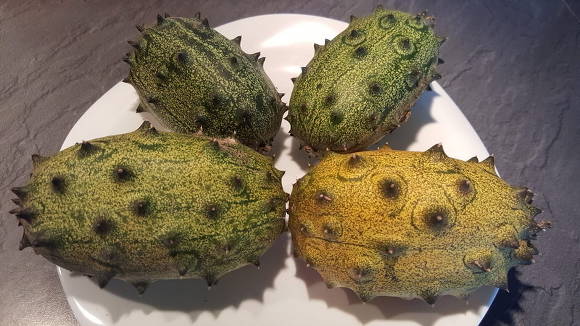
Kiwano goes well with salty cheeses such as feta cheese and cucumbers and tomatoes in vegetable salads.
The easiest way to eat Kiwano is to simply chop the flesh right in the rind, or cut it in half and eat the flesh with a spoon. You can add a little salt or sugar to enhance the flavor. Some even add pepper! By the way, you can use the kiwano peel as an original dish for serving salad or dessert in it.
It should be borne in mind that this fruit sometimes causes severe allergies, so it should be tried in small quantities for the first time.
Choosing a Kiwano in a supermarket or in the market, it is better to take a medium-sized fruit, firm, without any damage, rich orange color with marble blotches; thorns should be yellow if ripe; for transportation and long-term storage, it is better to purchase unripe fruits, they tend to ripen perfectly when torn off.
Kiwano at home can be stored on the bottom shelf of the refrigerator or in a special container for storing vegetables. If the fruit is unripe, it is better to put it in the sun to ripen. The fruit without external damage can retain its properties and taste at home for six months due to the dense skin.
Read also articles:
- Useful properties of Kiwano
- How to grow Kiwano?

